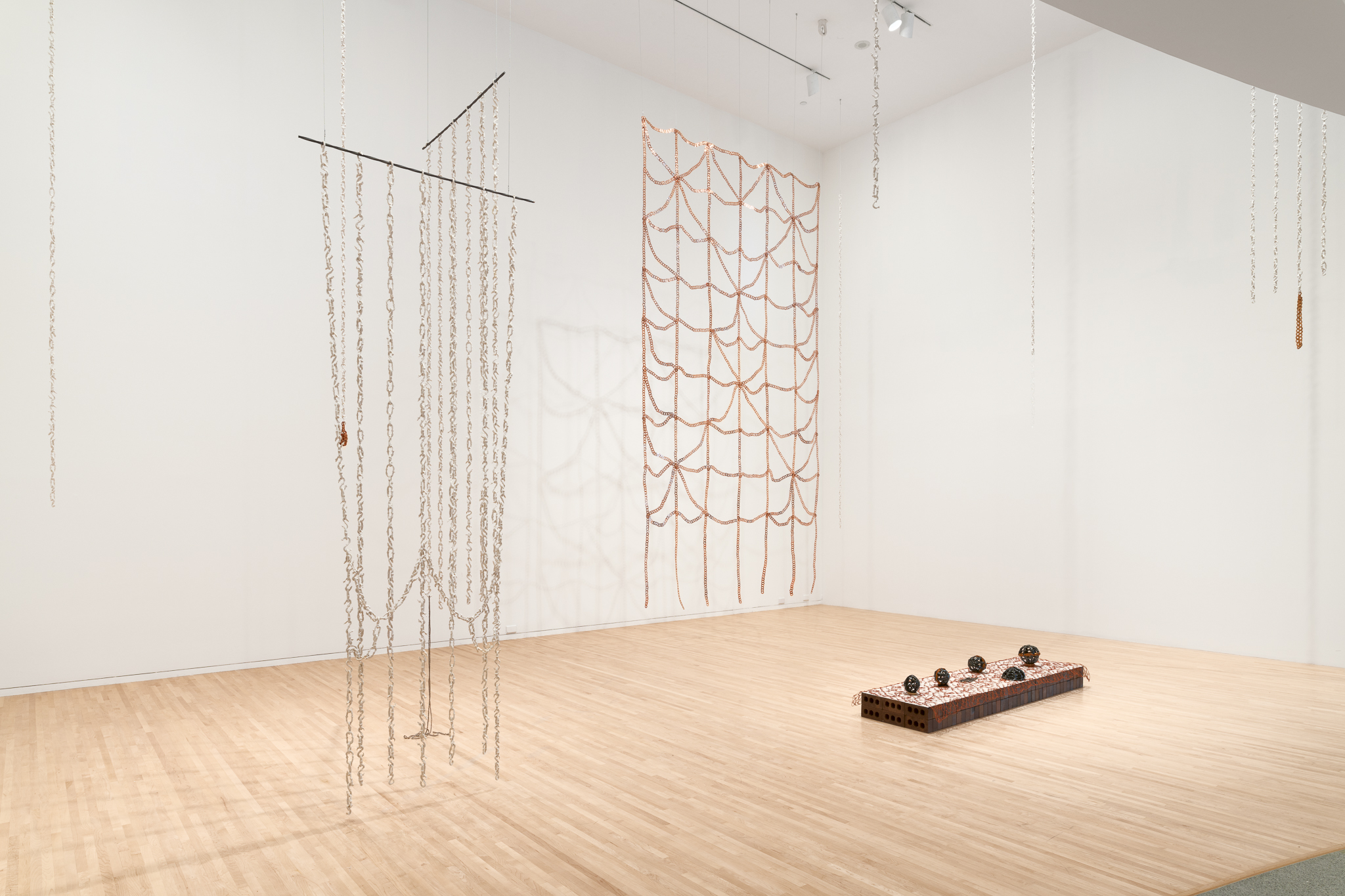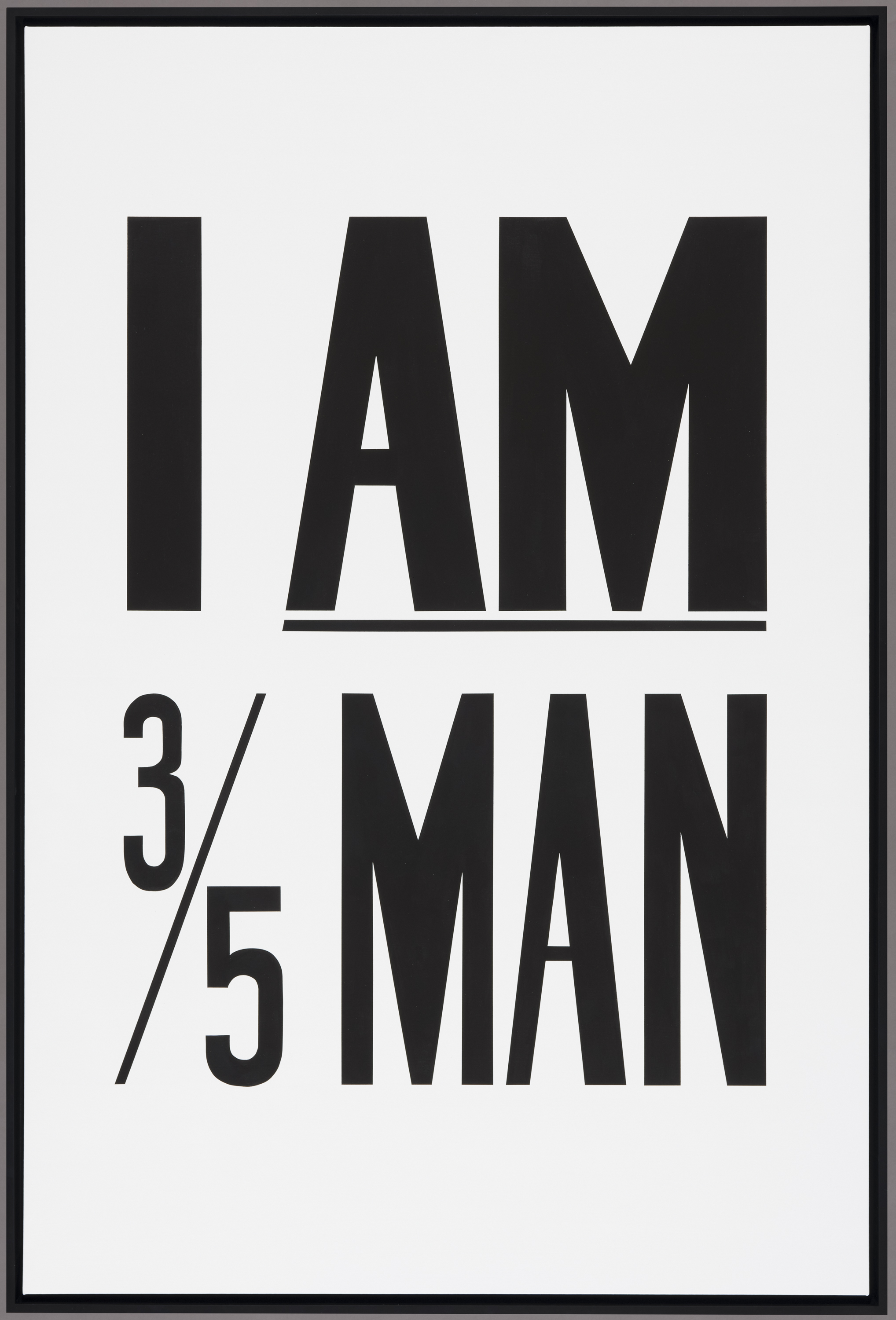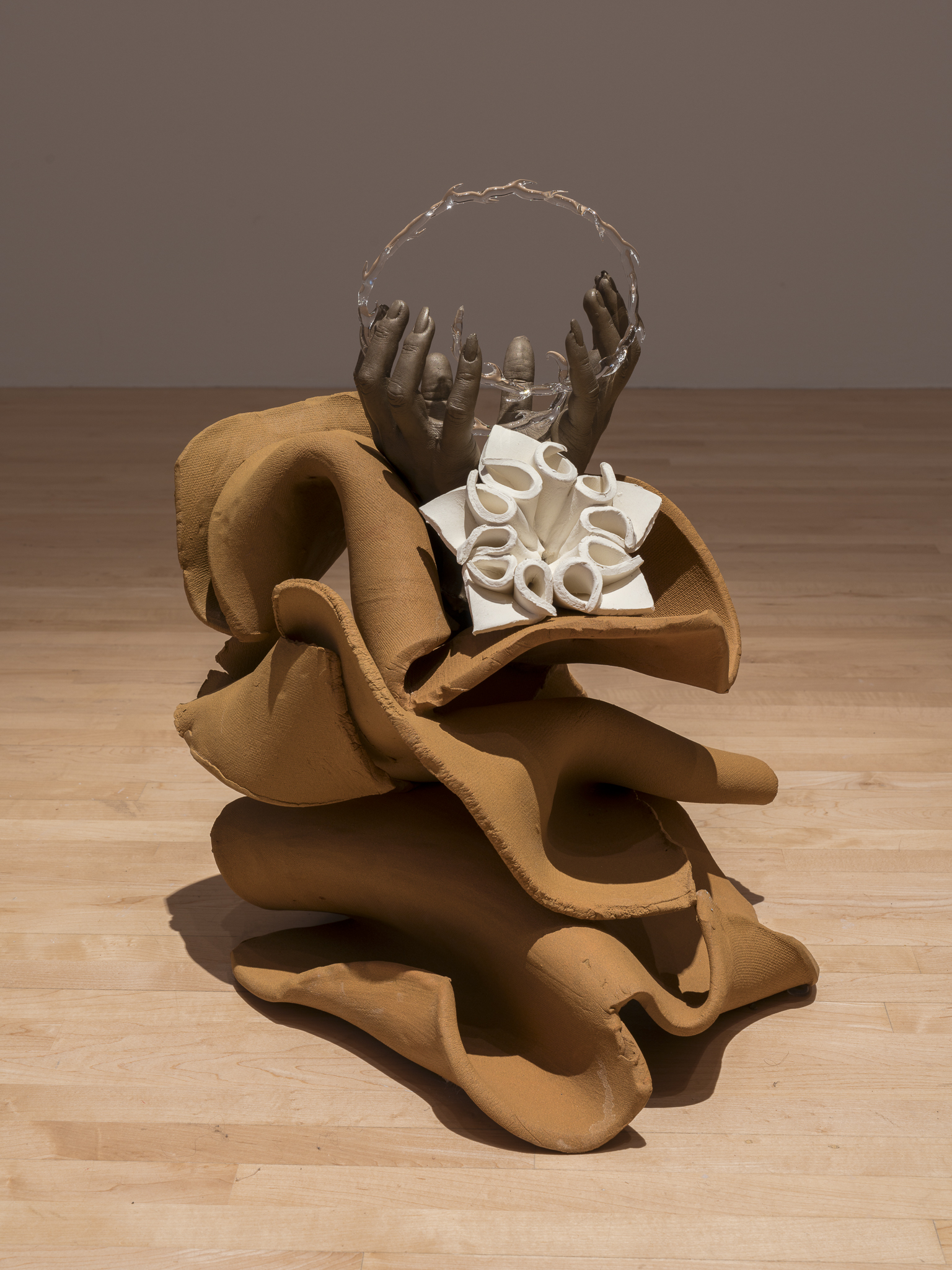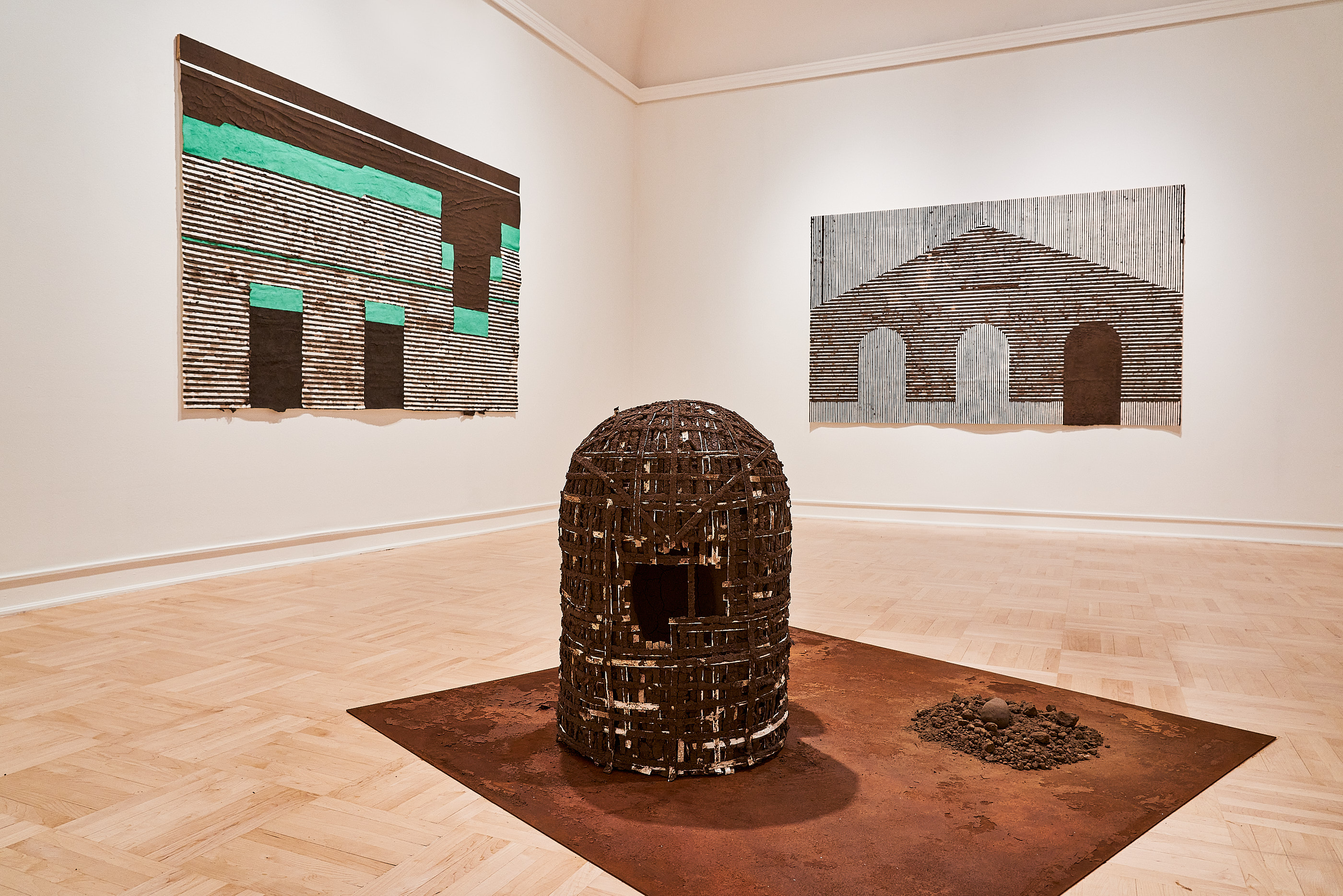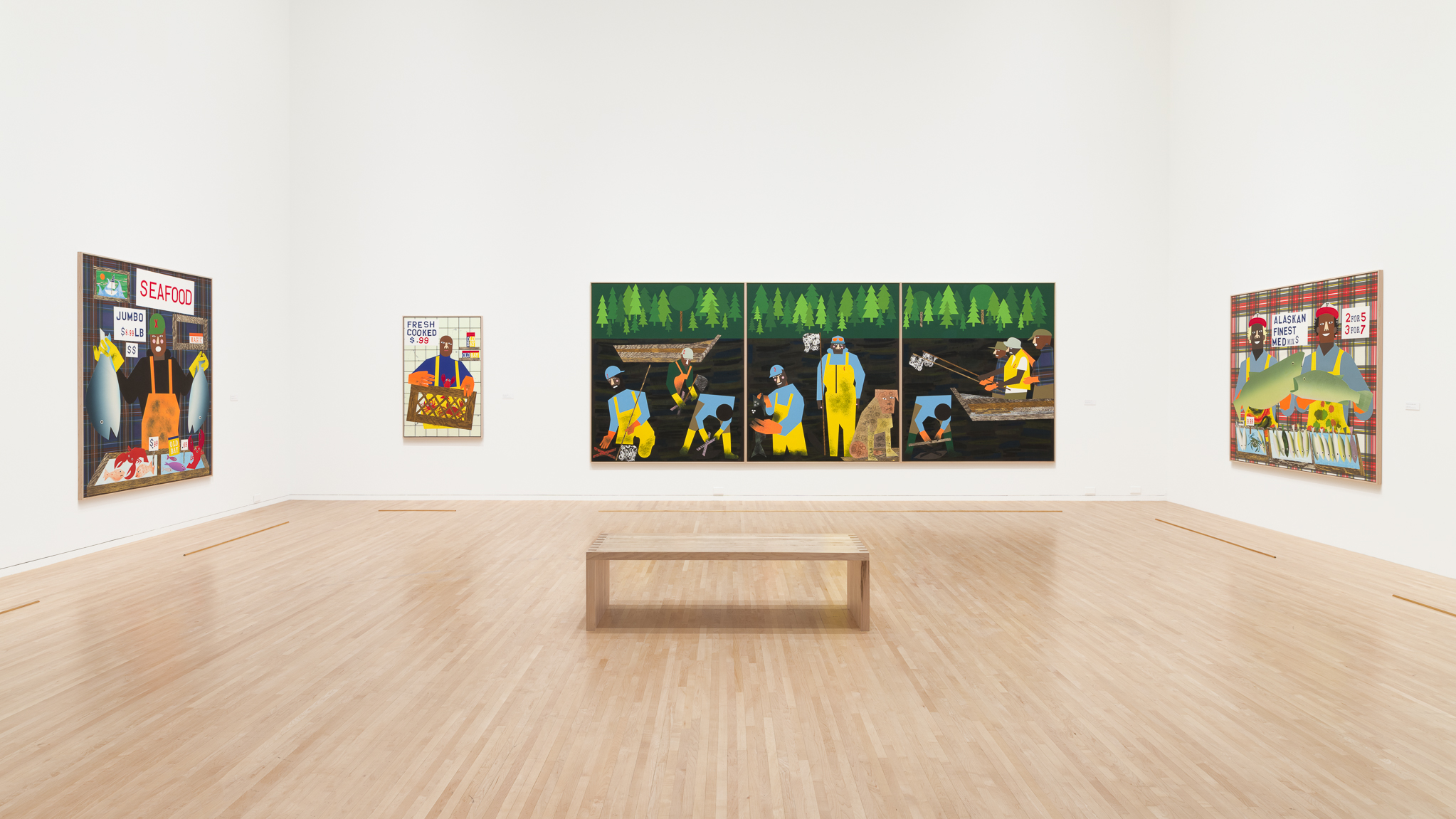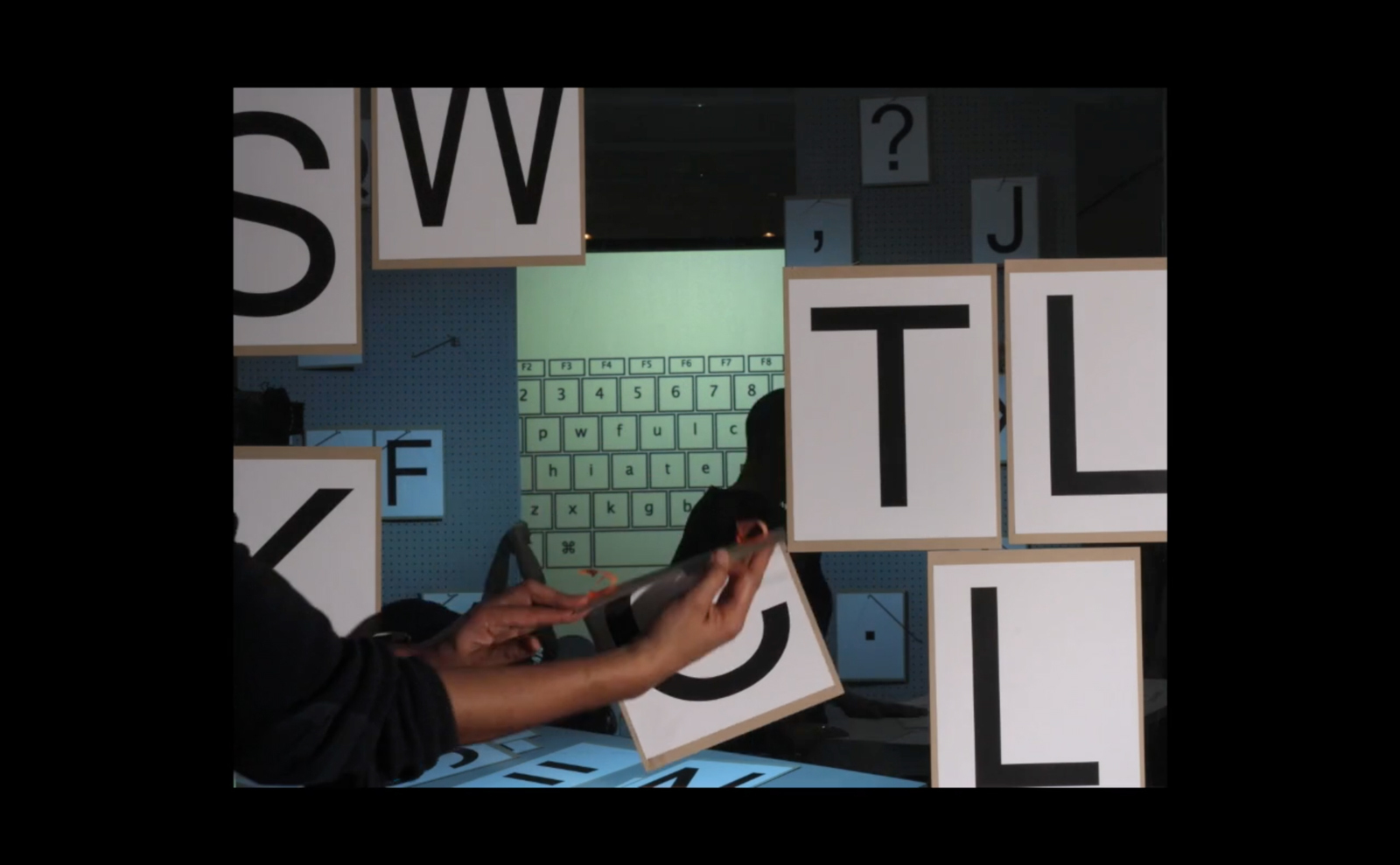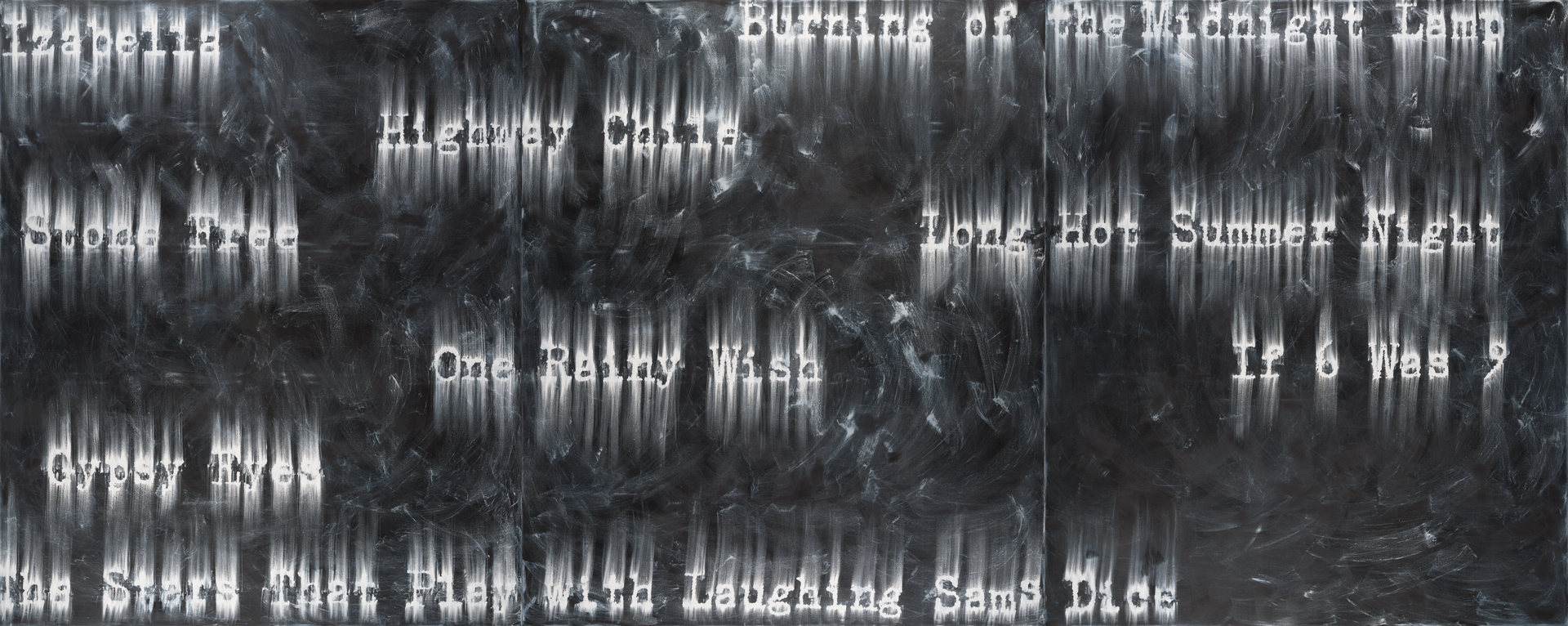matéria prima
April 2–September 4, 2022
Seattle 98195
United States
Hours: Thursday 10am–7pm
Friday–Sunday 10am–5pm
T +1 206 543 2280
info@henryart.org
Combining a queer punk sensibility with craft practices and handwork traditions from his ancestral homeland in Mexico, sculptor ektor garcia (b. 1985, Red Bluff, California; based in Mexico City) challenges hierarchies of gendered and racialized labor in works that span textiles, ceramics, and metalwork. Through processes that record the body’s intimate touch—rolling clay, knotting fibers, or hammering metal—garcia ascribes renewed meaning to ways of making and knowing often cast in diminutive roles within dominant culture. Intentionally styling his name in lowercase, garcia assumes a minor position from which to approach and revise assumptions about who and what matters. The resulting objects are hybrid in nature—sharp and tender, dense and porous—making palpable twined sensations of vulnerability and resilience drawn from both garcia’s personal experience and a broader collective history shaped by structures of power.
In matéria prima, an exhibition made for the Henry’s double-height gallery, garcia brings together a group of contingent objects that push against the monumentality of the space. Porcelain and glass-link chains hang from the ceiling and crocheted copper-wire lace “quilts” lie horizontally on the floor, disrupting spatial order, solidity, and fixed ideas of form and tradition. The sculptures are mutable and elicit a process of perpetual becoming across time and place that is echoed in the exhibition title: matéria prima (raw material). The title also includes the Spanish word prima (cousin), constructing a double meaning that reflects forms of kinship between materials and maker and the potential for transformation shared by both.
garcia’s copper-wire lace is a textile of intricate knots that reinterpret the doily-making technique he learned growing up in California from the women in his maternal family, who share roots in rural Zacatecas, Mexico. His reworked lace affirms female labor and troubles the false binary between high and low cultural practices, split across gendered and classed (and racialized) forms of production, while it also privileges flexibility, resisting prescriptive conceptions of cultural authenticity.
Enter here, garcia’s suspended copper-link tapestry that repurposes a leather working technique used to make and embellish such items as belts or purses commonly found in Mexican craft markets and thrift stores. Created from over four thousand copper links, garcia’s tapestry forms an expansive net-like structure. The copper dazzles its brilliance, as it also reveals traces of oily residue from the fingers that hammered and folded it, making the body’s labor visible. These marks will oxidize over time to create a lasting memory of touch that transmits a dynamic form of inheritance.
Alongside the copper-link tapestry, porcelain and glass-link chains hang throughout the gallery. Constructed from a series of “S” and “O” forms that suspend from each other without any adhesion other than gravity, the chains are a collection of contingent mutual relationships seemingly impossible in their precarity. Impotent as tools of confinement, the chains integrate allusions to subjugation with the potential for connection, making visceral both the susceptibility and capacity of the body.
garcia has also installed a flock of crocheted copper-wire butterflies that escapes the confines of the main gallery and inhabits interstitial spaces of the museum architecture. A potent symbol of the potential for transformation, the butterfly has additional meaning for garcia and references the derogatory term mariposa (butterfly) used as a slur for gay men in Mexico. garcia reclaims this social dismissal, and the vulnerability and fortitude that the butterfly embodies.
As a participating artist in the Henry’s Artist Fellowship Program, garcia made much of the work in matéria prima at the University of Washington’s Ceramic and Metal Arts Building, working alongside faculty, staff, and students.
ektor garcia: matéria prima is organized by Nina Bozicnik, Curator, and supported in part by a generous gift from Lee Rhodes and Peter Seligmann. New work created by garcia as part of the Henry Artist Fellowship Program was funded through a grant from the Jones Endowed Fund for the Arts.
